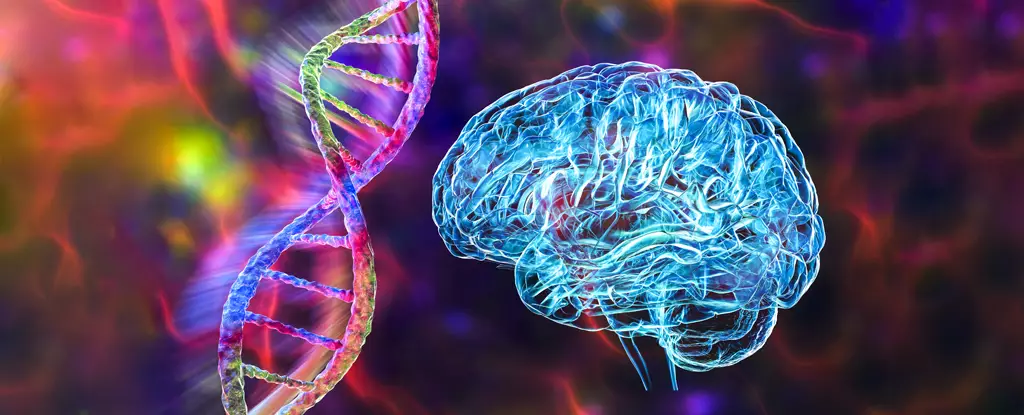Recent advances in psychiatric genetics have unveiled a fascinating revelation: eight distinct psychiatric disorders share a similar genetic architecture. This insight stems from a study that meticulously examined genetic variants across conditions such as autism, ADHD, schizophrenia, and bipolar disorder. Rather than viewing these disorders in isolation, researchers are now beginning to understand the underlying biological connections that bind them, forging a path towards innovative treatment strategies.
In their research, the scientists identified that certain shared genetic variants remain active during prolonged periods of brain development. This prolonged activity indicates that these variants could influence numerous developmental stages, marking them as potential targets for therapeutic intervention. According to Hyejung Won, a geneticist at the University of North Carolina, “The proteins produced by these genes interact closely with one another.” This interconnectedness suggests that alterations in these proteins could trigger cascading effects throughout the brain’s complex network, leading to various psychiatric symptoms.
The groundwork for these findings was laid in a 2019 study in which an international consortium pinpointed 109 genes associated with the aforementioned psychiatric conditions. The critical observation was that these genes often appear in different combinations across disorders, which may elucidate the overlapping symptoms experienced by individuals with these conditions. For instance, a striking correlation exists between autism and ADHD, with up to 70% of individuals diagnosed with one also exhibiting symptoms of the other, often within the same family lineage.
Undoubtedly, each of the eight psychiatric disorders is characterized by unique gene variations. Researchers undertook a comprehensive analysis of nearly 18,000 gene variants—both shared and unique—to assess their influence on gene expression in precursor cells, which evolve into neurons. This experimental setup allowed scientists to pinpoint 683 genetic variants that significantly impacted gene regulation during critical phases of human brain development.
The Role of Pleiotropic Variants
The concept of pleiotropy emerged prominently in this investigation. Pleiotropic variants, which contribute to multiple, seemingly unrelated traits, exhibited higher levels of protein interactions compared to unique variants associated with individual conditions. They displayed widespread activity across diverse types of brain cells and participated in regulatory processes that influence different stages of brain development. Such findings support the notion that these shared genetic variants can affect multiple psychiatric disorders, complicating the traditional classification systems used in psychiatry.
Implications for Future Research and Treatment
The recognition of shared genetic underpinnings among psychiatric disorders opens valuable avenues for future research. Understanding the genetic relationships and the regulatory mechanisms involved fosters the potential for more targeted and effective treatments that can address these conditions comprehensively rather than in isolation. As researchers continue to dissect the intricate web of psychiatric genetics, the hope is to translate these insights into practical interventions, ultimately improving the lives of millions affected by mental health disorders.


Leave a Reply